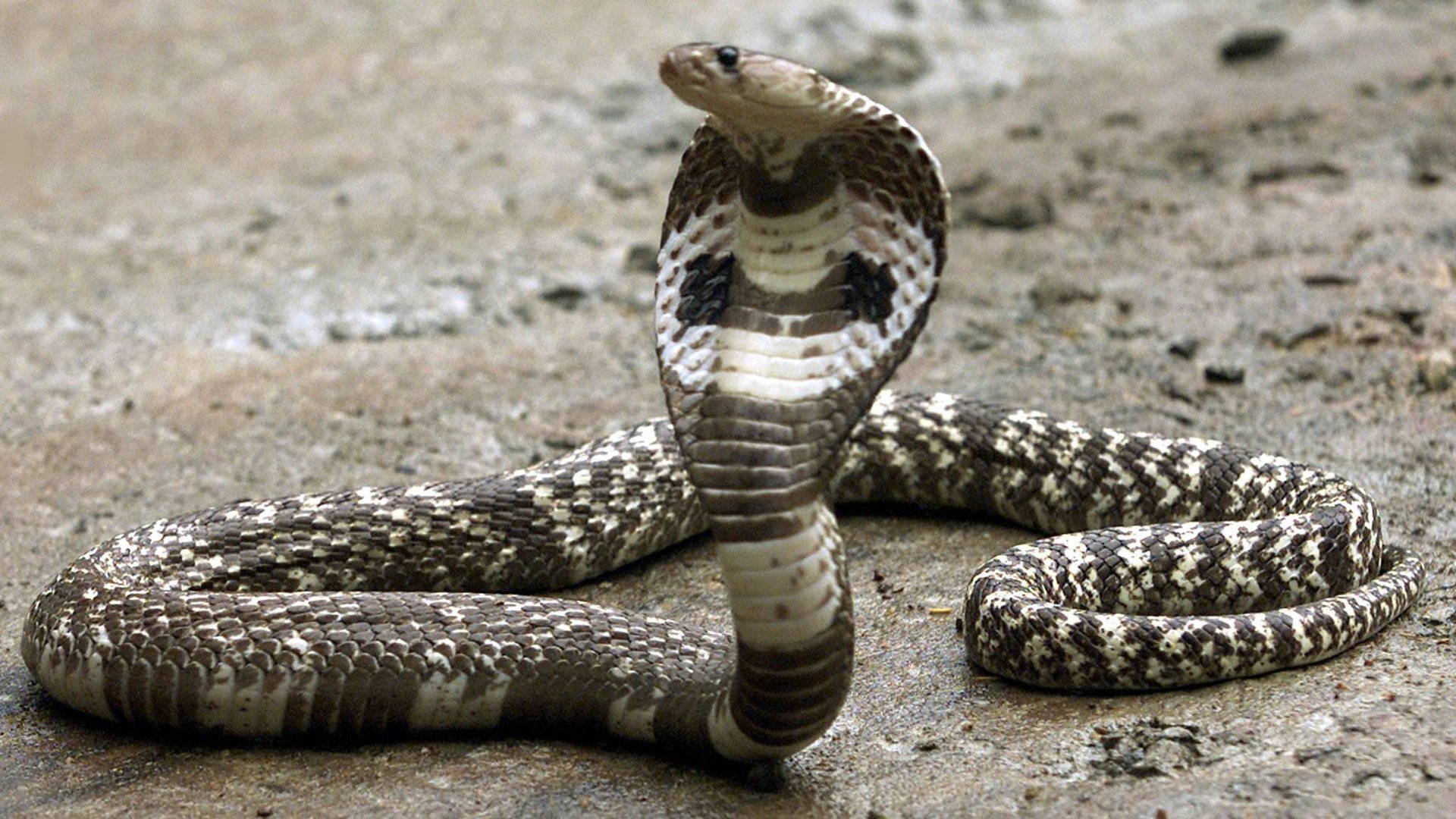The World Health Organization is deeply worried about snake bites
Last September, in one of the last public awareness videos recorded before his death, former UN secretary general Kofi Annan called snake bites “the biggest public health crisis you have likely never heard of.” The venom from these slippery reptiles kills up to 138,000 people each year, and leaves another 400,000 people—largely from poor countries—with permanent physical or mental disabilities.


Last September, in one of the last public awareness videos recorded before his death, former UN secretary general Kofi Annan called snake bites “the biggest public health crisis you have likely never heard of.” The venom from these slippery reptiles kills up to 138,000 people each year, and leaves another 400,000 people—largely from poor countries—with permanent physical or mental disabilities.
These numbers have prompted the World Health Organization to spearhead a new strategy (pdf), published last week, to halve the number of people killed by snake bites globally by 2030. Deaths from snakes have “failed to attract requisite public health policy inclusion and investment for driving sustainable efforts to reduce the medical and societal burden,” the authors wrote. “This is largely due to the demographics of the affected populations and their lack of political voice.”
The international health body plans to publish a “roadmap” in May of specific plans to combat the issue at a regional and country level.
“Snakebite envenoming” (SBE)—the disease that can result when a snake injects poisonous venom following a bite—was listed by WHO as a priority neglected tropical disease (NTD) in 2017. According to 2010 estimates by the Global Snakebite Initiative, an Australian nonprofit, SBE kills significantly more people (pdf) than other diseases in the same category, such as Chagas disease, and cholera.
By comparison, hippos, the deadliest land mammal, kill an estimated 500 people a year. Shark bites attract far more attention, but last year claimed just five deaths worldwide.
Anti-venom—a more than century-old treatment for snake bites—is highly effective when available, and can reduce the chance of mortality by nearly 90%. A key part of WHO’s new strategy is to deliver 3 million more anti-venom treatments across the globe by 2030, including 500,000 in Africa by 2024.
Snake bites are far likelier to occur in poor countries than in wealthy ones. Australia, as an example, is home to some of the most poisonous snakes on earth, yet suffers few fatalities, due to good preventative measures and access to treatment, including a flying doctor service and a wide stock of anti-venom.
In the US, meanwhile, snake bites are largely a symptom of an absence of common sense by young men. “There’s a joke in emergency rooms that the last thing someone says before they get bit by a snake is ‘hold my beer.’ The problem is testosterone poisoning more than anything,” Brian Todd, a UC Davis professor, told Gizmodo.
But in many parts of the developing world, snakes pose a daily risk in rural areas, where a lack of footwear is a major contributor to the issue. With millions of cases of snake bite envenoming each year, it is, as Annan says, “essentially a disease of the poor.”